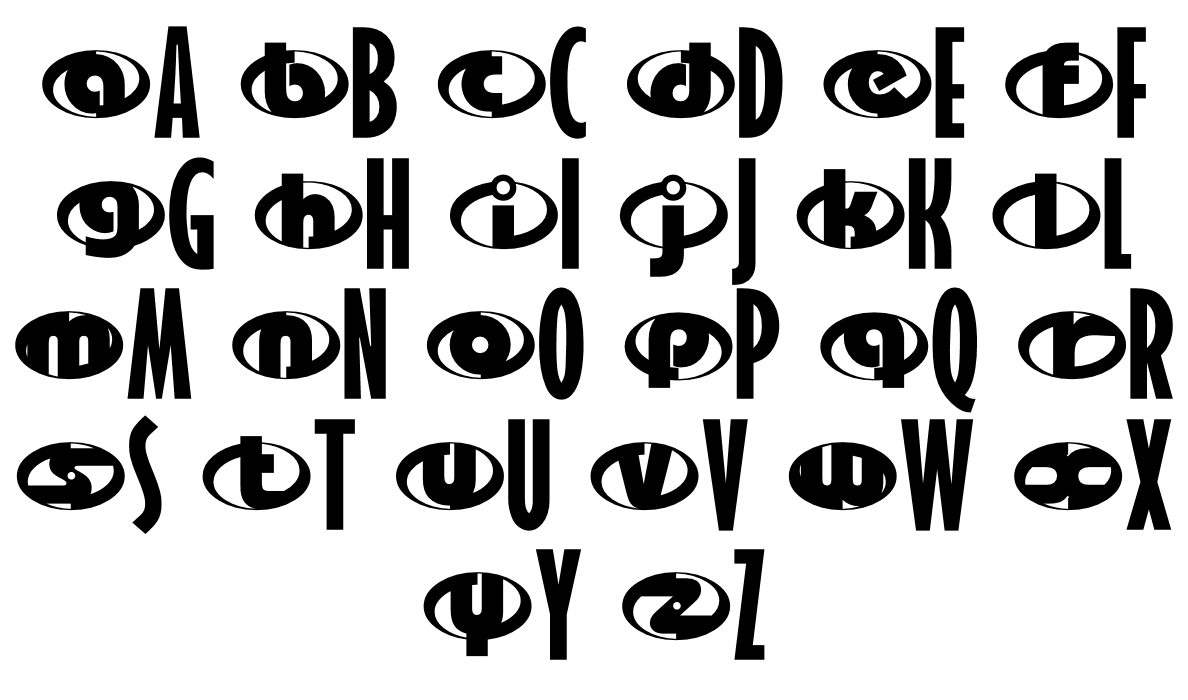- Logos▼
⁄ Chinese Bold ⁄ Chinese Calligraphy Fonts ⁄ Chinese Cursive ⁄ Chinese Handwriting ⁄ Chinese Kai Shu ⁄ Chinese li shu ⁄ Chinese Ming Ti ⁄ Chinese Other Font ⁄ Chinese Running Script ⁄ Chinese Seal script ⁄ Chinese Song Ti ⁄ Chinese Yao Ti ⁄ Uncategorized. Welcome to chinesefontdesign.com, you can download more than 1000+ Chinese fonts here for free. At the same time, we also provide more than 100000+ Chinese font logo design pictures for you to browse. Help your Chinese design bring unique inspiration. Contact Us: email protected. ⁄ Chinese Bold ⁄ Chinese Calligraphy Fonts ⁄ Chinese Cursive ⁄ Chinese Handwriting ⁄ Chinese Kai Shu ⁄ Chinese li shu ⁄ Chinese Ming Ti ⁄ Chinese Other Font ⁄ Chinese Running Script ⁄ Chinese Seal script ⁄ Chinese Song Ti ⁄ Chinese Yao Ti ⁄ Uncategorized. Download Chinese Fonts. Collection of most popular free to download fonts for Windows and Mac. This free fonts collection also offers useful content and a huge collection of TrueType face and OpenType font families categorized in alphabetical order.
 Login
LoginInternationalUnicode ChineseUnicode JapaneseAsianForeignClean
Create a Logo Using 新宋体 Sim Sun
新宋体 Sim Sun Example
新宋体 Sim Sun Character Map
Added on Monday, November 17, 2008
287,701 downloads
Similar Fonts
Font Installation Instructions
You may need to extract the .ttf files from a .zip archive file before installing the font.
 Windows (XP/Vista/7/8/10)
Windows (XP/Vista/7/8/10)Chinese Font Download For Pc
Right-click on the .ttf file and select install.
MacOS X (10.3 or later)
Double-click on the .ttf file and select install.
Comment On 新宋体 Sim Sun Font
Chinese Free Fonts
Generator Categories
Most PopularAnimatedBlackBlueBrownBurningButtonCasualChromeDistressedElegantEmbossedFireFunGirlyGlossyGlowingGoldGradientGrayGreenHeavyHolidayIceMedievalOrangeOutlinePinkPlainPurpleRedRoundedScience-FictionScriptShadowShinySmallSpaceSparkleStencilStoneTrippyValentinesWhiteYellowLive Logo Stream Contact Us Link to this SiteChinese and Cantonese Input Method User Guide
With the Pinyin - Simplified input source, you can enter Simplified Chinese characters using Pinyin phonetic input codes.
Enter Chinese characters using Pinyin - Simplified
On your Mac, first set up the input source (add Pinyin - Simplified and, if desired, Handwriting - Simplified).
Click the Input menu in the menu bar, then do one of the following:
Choose Pinyin - Simplified to use the keyboard.
If your Mac has a Touch Bar and you customized the Control Strip to add the Input Sources button , tap it to select Pinyin - Simplified.
Choose Handwriting - Simplified to use the trackpad.
If your Mac has a Touch Bar and you customized the Control Strip to add the Handwriting button , tap it to select Handwriting - Simplified. See Use Trackpad Handwriting to write Chinese.
In an app, do any of the following:
Enter Pinyin: Type the input codes for the characters you want to use, then select the characters in the Candidate window. For example, to enter 苹, type “ping”, then select 苹 in the window.
Enter Full Pinyin (Quanpin): Type the input codes for the characters you want to use, then select the characters in the Candidate window. For example, to enter 西安, type “xi’an”, then select 西安 in the window.
Use an apostrophe to separate syllables that have ambiguous parsings. Full Pinyin has modifications that make typing more convenient; for example, “v” is used to replace “ü” (so to enter 绿, you would type “lv”).
Enter Abbreviated Pinyin (Jianpin): Type the consonant of each syllable in an input code, then select characters in the Candidate window. For example, to enter 计算机, type “jsj” (the input code is “jisuanji”).
You can use both full and abbreviated Pinyin in the same conversion. For example, if you type “pingguogs” with “gongsi” abbreviated to “gs”, the result is still “苹果公司”.
Enter Structural Pinyin (Chaizi): Type a Chaizi input code with two or more syllables, then press Shift-Space bar. For example, type “jiji”, then press Shift-Space bar. The Candidate window opens, and the first candidates shown in the Composition pane are 喆, 兓, and 旣.
With structural Pinyin, each syllable of the input sequence is treated as the Pinyin for one of the components in the character (in order from left to right and top to bottom).
Show the keyboard layout: Click the Input menu in the menu bar, then choose Show Keyboard Viewer.
If the menu item isn’t shown, choose Apple menu > System Preferences, click Keyboard, click Keyboard, then select “Show keyboard and emoji viewers in menu bar.”
Enter Chinese characters using Stroke with Pinyin - Simplified
On your Mac, first set up the input source (add Pinyin - Simplified and, if desired, Handwriting - Simplified).
Click the Input menu in the menu bar, then do one of the following:
Choose Pinyin - Simplified to use the keyboard.
If your Mac has a Touch Bar and you customized the Control Strip to add the Input Sources button , tap it to select Pinyin - Simplified.
Choose Handwriting - Simplified to use the trackpad.
If your Mac has a Touch Bar and you customized the Control Strip to add the Handwriting button , tap it to select Handwriting - Simplified. See Use Trackpad Handwriting to write Chinese.
In an app, use a prefix key (u), followed (without a space) by the stroke input code for a character. For example, you can type the following:
Stroke within Pinyin
Keyboard key
一
H
丨
S
丿
P
丶(乀)
N
乛(乙)
Z
*wildcard
X
If you type “unnzzsh”, you get 字 as the first candidate.
You can also add words to your user dictionary to save time when you need to type the same word again.
You may need to change preferences, for example, to show predictive completions or to change the orientation of the Candidate window.